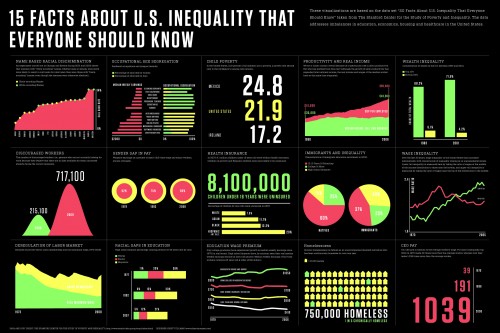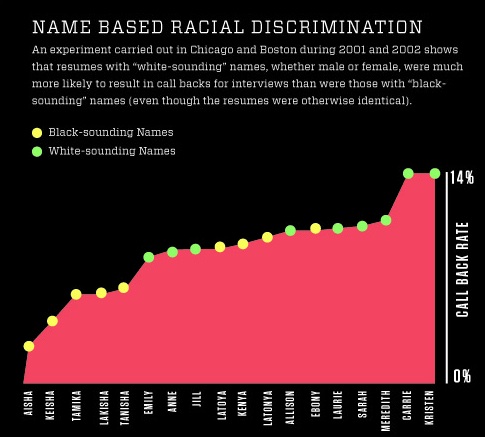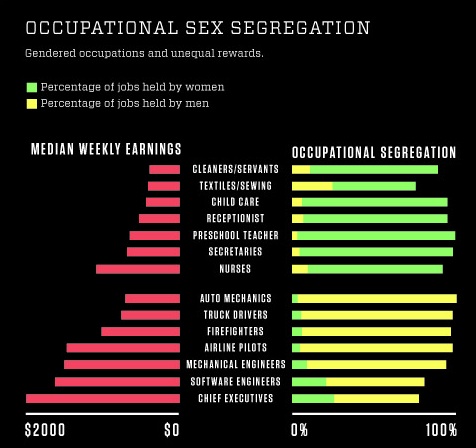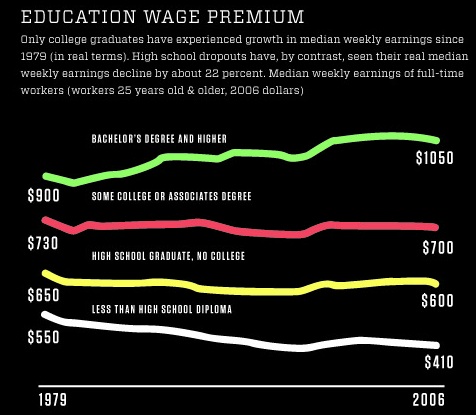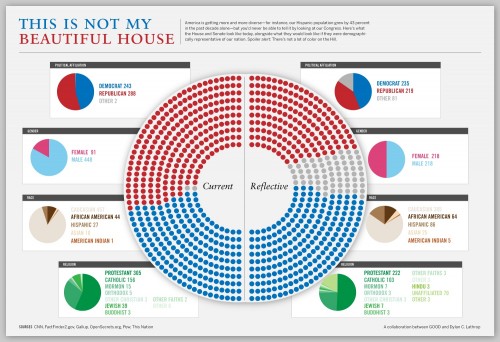 Racialicious and Hermes’ Journeys featured a clip of stand-up comedian Gary Owens comparing black and white churches, joking about how long and loud black services are compared to white services. Two things are happening in the clip. First, Owens is commenting on two different styles of worship. This is really interesting sociologically because it shows that how one worships is a cultural phenomenon that varies. We’ve seen this powerfully illustrated by children recently in the viral videos Baby Preacher and Baby Worshipper.
Racialicious and Hermes’ Journeys featured a clip of stand-up comedian Gary Owens comparing black and white churches, joking about how long and loud black services are compared to white services. Two things are happening in the clip. First, Owens is commenting on two different styles of worship. This is really interesting sociologically because it shows that how one worships is a cultural phenomenon that varies. We’ve seen this powerfully illustrated by children recently in the viral videos Baby Preacher and Baby Worshipper.
Second, though, Owens is racializing these different forms of worship. In consultation with Gwen, she reminded me that what he’s really talking about is “the difference between more mainline churches vs. the charismatic evangelical ones.” At the latter churches yelling out and hours-long services are common, no matter the racial makeup of the congregation.
So, the clip is a good example of both a sociological principle (socialization) and a sociological mistake (racialization):
Lisa Wade, PhD is an Associate Professor at Tulane University. She is the author of American Hookup, a book about college sexual culture; a textbook about gender; and a forthcoming introductory text: Terrible Magnificent Sociology. You can follow her on Twitter and Instagram.

